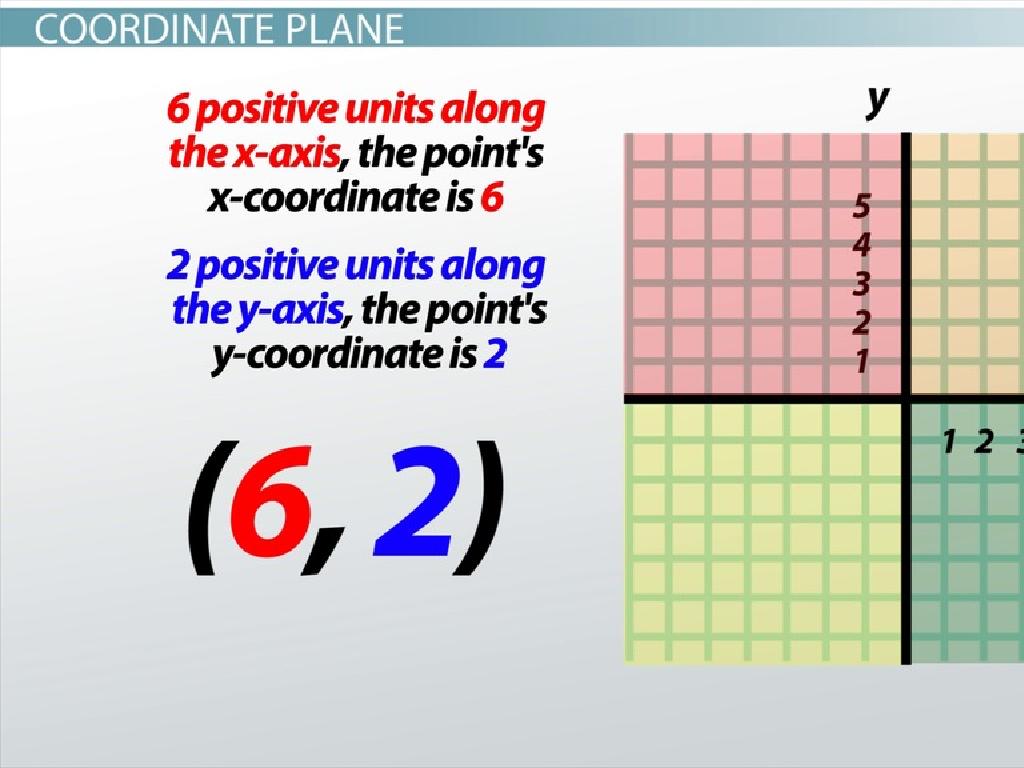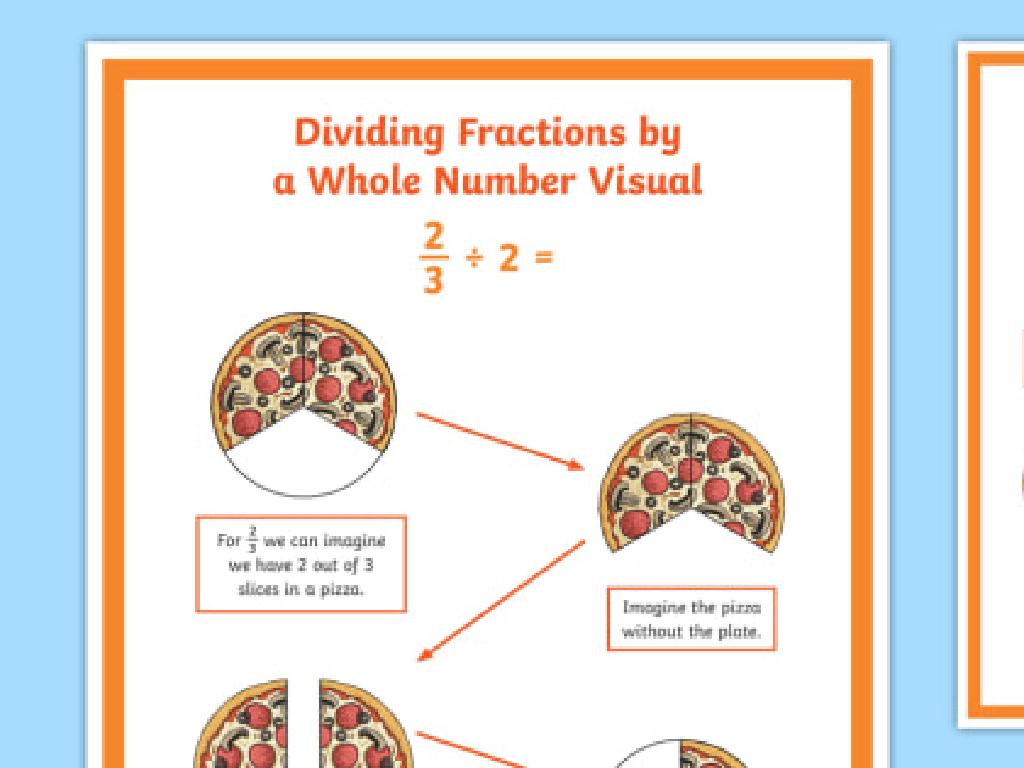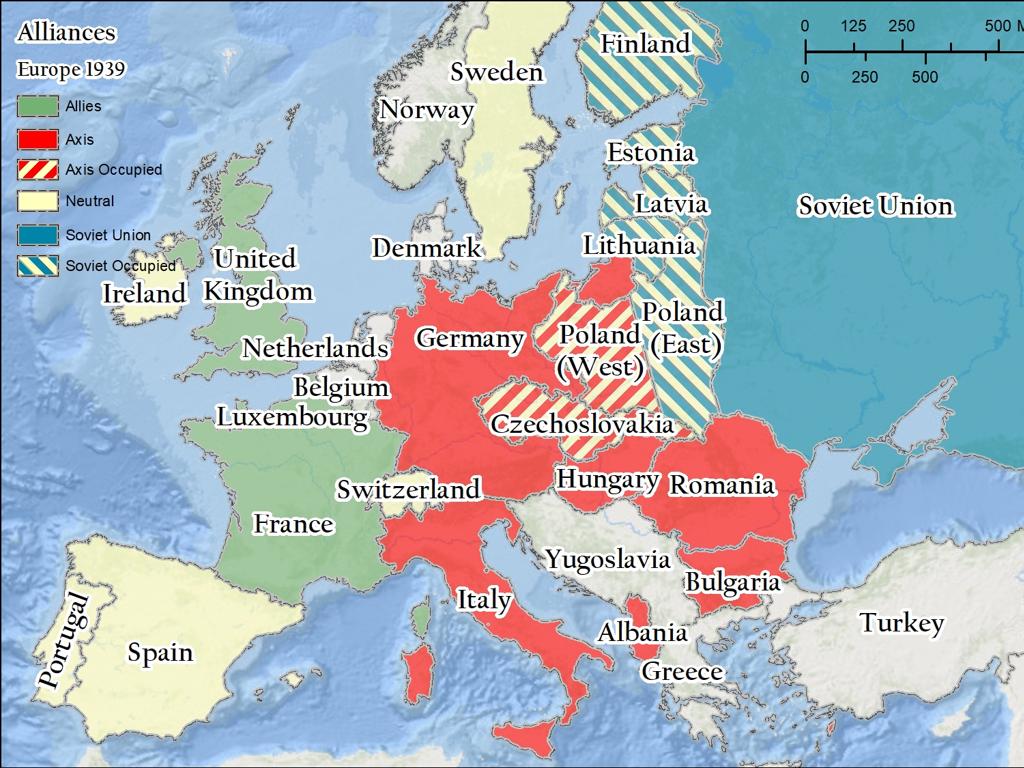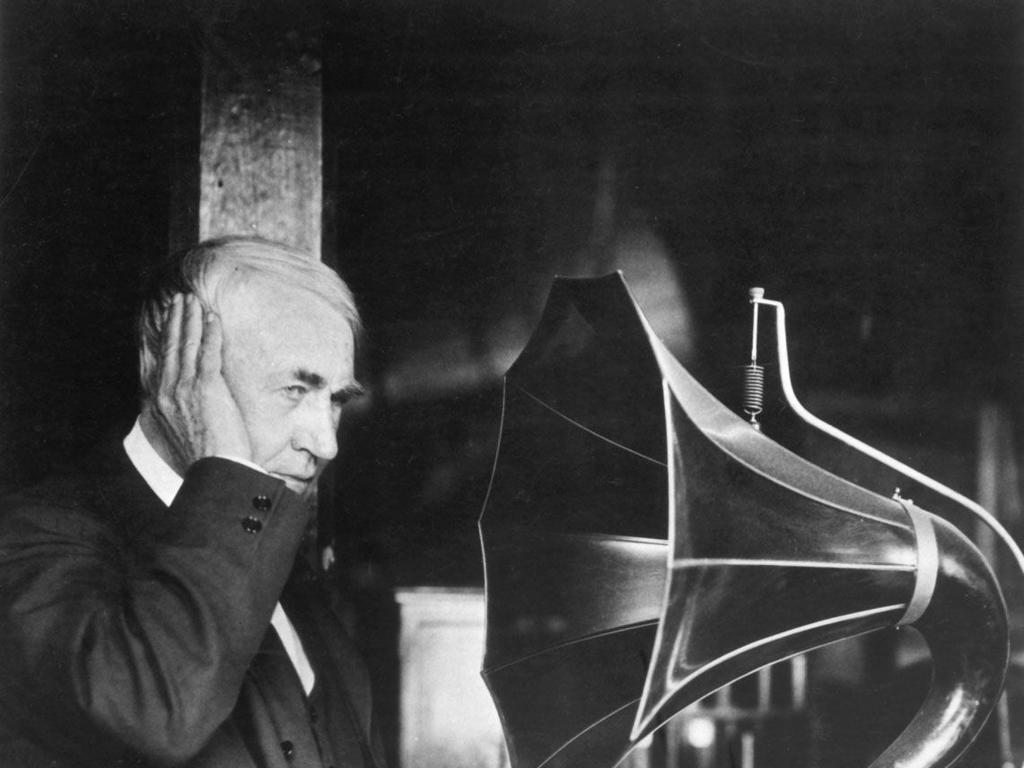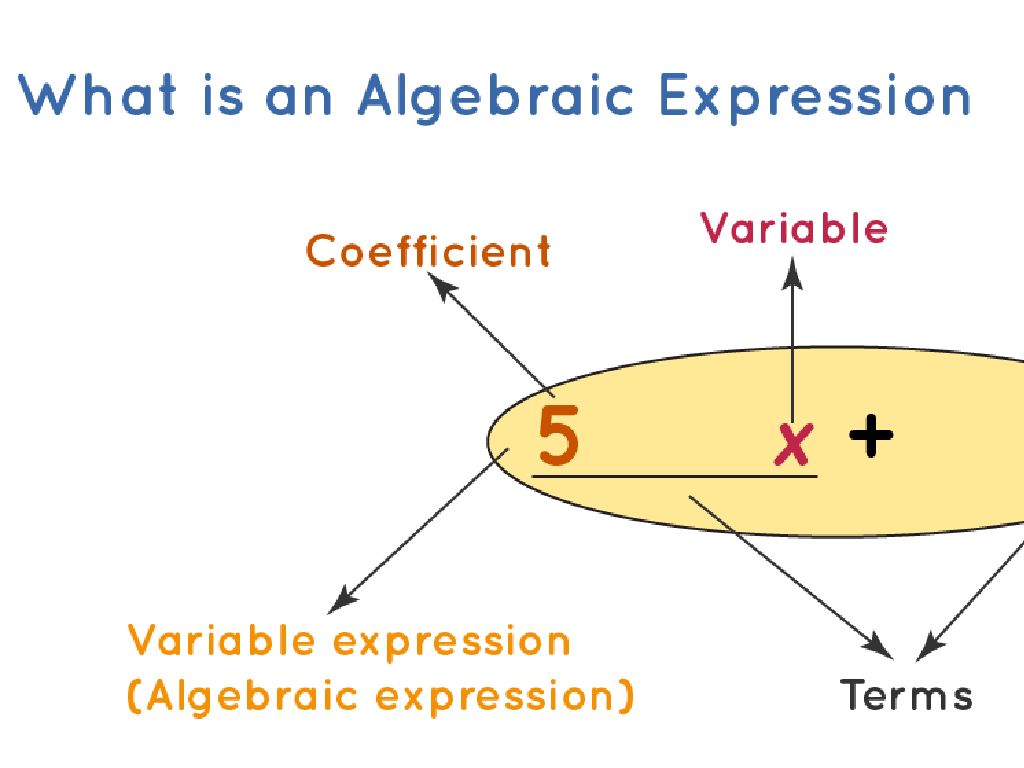Measure Using An Inch Ruler
Subject: Math
Grade: Third grade
Topic: Customary Units Of Measurement
Please LOG IN to download the presentation. Access is available to registered users only.
View More Content
Exploring Customary Units of Measurement
– What are customary units?
– Units like inches, feet, and yards used in the U.S.
– Reasons we measure objects
– To find out how long, wide, or tall objects are
– Tools for measurement
– Rulers, tapes, and yardsticks help us measure
– Using an inch ruler
– Practice lining up objects at the 0 mark and reading the measurement
|
This slide introduces students to the concept of customary units of measurement, which are primarily used in the United States. Begin by explaining what customary units are and provide examples such as inches, feet, and yards. Discuss the importance of measuring objects in everyday life, such as finding the right size of clothing or determining if a piece of furniture will fit in a space. Introduce common tools used for measuring length, highlighting the inch ruler as the focus for this lesson. Demonstrate how to use an inch ruler, including starting at the zero mark and reading to the nearest inch. Encourage students to practice with real rulers and to bring in items from home to measure as part of their homework.
Understanding Inches
– An inch in the customary system
– A small unit of length, used to measure small distances
– Inches in one foot
– 12 inches make up 1 foot
– Inch marks on a ruler
– Short lines on a ruler represent inches
– Measuring objects with inches
|
This slide introduces the concept of measuring length using inches, which is a fundamental unit in the U.S. customary system. Start by explaining what an inch is and how it is used to measure objects. Show a visual example of an inch on a ruler, pointing out the markings that denote inches. Explain that there are 12 inches in a foot, helping students to understand the relationship between different units of measurement. Have rulers available for students to practice measuring items in the classroom, reinforcing the concept of an inch and how to accurately use a ruler. Encourage students to ask questions and to measure various objects to become comfortable with the concept of inches.
Reading an Inch Ruler
– Understand inches and fractions
– An inch is divided into smaller parts, like 1/2, 1/4, 1/8.
– Learn to read ruler marks
– Each mark on the ruler represents a fraction of an inch.
– Practice with various lengths
– Use a ruler to measure items, noting where it ends on the scale.
– Interactive ruler reading activity
– Students will point to marks, and classmates will read the measurement.
|
This slide introduces students to the basics of using an inch ruler, including understanding whole inches and fractions of an inch. Begin by explaining the divisions on the ruler and how each mark corresponds to a fraction. Demonstrate how to align the ruler and read the measurement accurately. During the practice activity, have students use their rulers to measure various objects or lengths provided by the teacher. Encourage participation by asking students to point to different marks on the ruler and have the class read the measurements aloud. This will help reinforce their understanding of how to read a ruler and apply it to real-world situations.
Measuring Objects with an Inch Ruler
– How to use an inch ruler
– Start at zero mark
– Place the object’s end at the 0 inch mark on your ruler
– Read the measurement
– Look where the object ends and note the nearest inch
– Practice with real objects
– Try measuring items like a pencil, a book, or your hand!
|
This slide introduces students to the basic steps of measuring objects using an inch ruler, a fundamental skill in understanding customary units of measurement. Emphasize the importance of starting at the zero mark to ensure accuracy. Demonstrate how to read the ruler by looking at where the object ends and noting the nearest inch. Encourage students to practice by measuring various objects around the classroom or at home. Provide a variety of items for them to measure during class, and consider pairing students up to measure larger items together, fostering collaboration and discussion about the measuring process.
Estimating Measurements with an Inch Ruler
– Understanding estimation
– Estimation: Making a smart guess of measurement
– Benefits of estimating
– Helps to quickly gauge size without measuring
– Estimating object lengths
– Use estimation before measuring with a ruler
– Class activity: Practice estimation
|
This slide introduces the concept of estimation in measurement, which is a valuable skill for students to develop. Estimation allows students to make an educated guess about the length of an object, which can be useful in many real-life situations where precise measurements are not necessary or when they need to make quick decisions. During the class activity, students will practice estimating the length of various objects around the classroom, such as a pencil, a book, and a desk, before using their inch rulers to measure the actual length. This will help them understand the importance of estimation and improve their ability to make close guesses. Possible activities include estimating and then measuring items like a piece of string, the width of a textbook, the height of a water bottle, and the length of a shoe.
Measuring Scavenger Hunt
– Find classroom objects to measure
– Record lengths in inches
– Use the inch side of your ruler for accurate measurements
– Share measurements with class
– Discuss how different objects vary in length
– Understand inch ruler use
– Practice makes perfect in reading rulers
|
This activity is designed to provide hands-on experience with an inch ruler, a key tool in understanding customary units of measurement. Students will search for various objects around the classroom that they can measure, such as books, pencils, or furniture. They should record the lengths of these objects in inches and be prepared to share their findings with the class. This will help them not only to understand how to use an inch ruler but also to appreciate the diversity in sizes of everyday objects. For the teacher: Prepare a list of suggested items to measure in case some students have difficulty finding objects. Also, consider pairing students to foster collaboration. Possible variations of the activity could include measuring the same object by different students to compare consistency or finding objects of a specific length.
Review: Measuring with an Inch Ruler
– Recap of inch ruler measurement
– We use rulers to measure length in inches.
– Importance of accurate measurement
– Accurate measurement is key in building, sewing, and more.
– Questions about using rulers?
– Share your measuring experiences
– Have you measured something at home? Tell us!
|
This slide aims to consolidate the students’ understanding of using an inch ruler for measurement. Begin with a brief recap of the steps to measure objects with an inch ruler, emphasizing the correct way to align the ruler and read the measurements. Discuss why precision is crucial in various real-life scenarios, such as construction or crafting. Open the floor for students to ask any lingering questions they might have about measurement, providing a safe space for inquiry. Encourage students to share any personal experiences they have had with measurement outside of the classroom to foster a connection between their learning and the real world. This interactive review session will help reinforce their skills and understanding of the importance of measurement.
Homework: Measuring with an Inch Ruler
– Complete the take-home worksheet
– Measure home items using a ruler
– Use the inch side of your ruler for accuracy
– Estimate lengths without a ruler
– Guess the length, then measure to check
– Discuss your findings in class
|
This homework assignment is designed to reinforce the day’s lesson on using an inch ruler and understanding customary units of measurement. Students are provided with a worksheet to measure various items around their home, such as a book, a spoon, or a toy, which will help them apply their measuring skills in a practical context. Additionally, they are encouraged to practice estimating lengths to develop a sense of measurement without relying on tools. This will enhance their ability to approximate and compare sizes. In the next class, students will have the opportunity to discuss their measurements, share experiences, and reflect on the accuracy of their estimations. This interactive approach will help solidify their understanding of measurement concepts.

